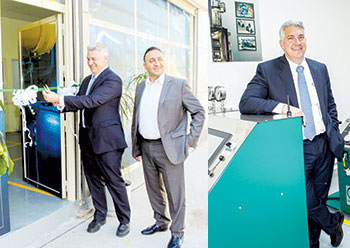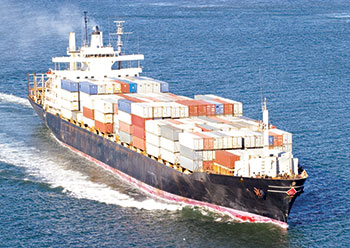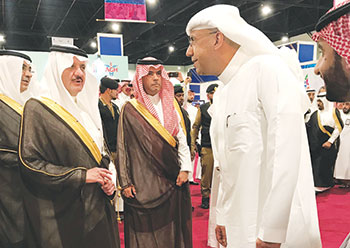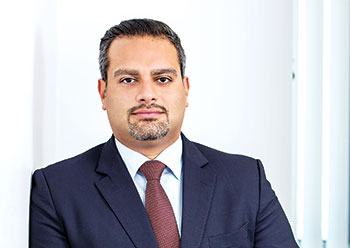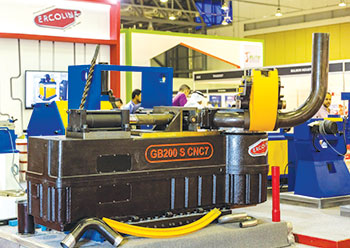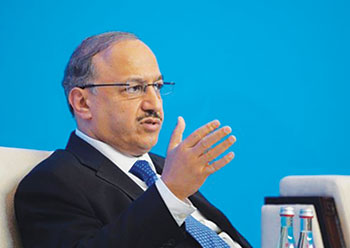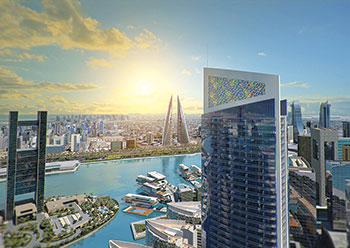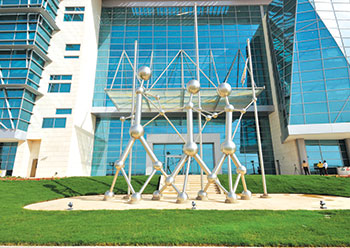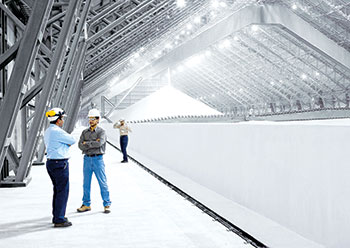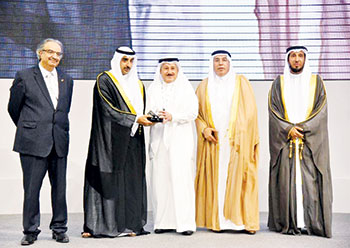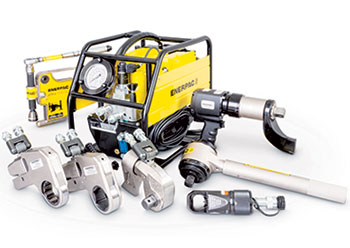
 An offshore rig waiting to be decommissioned
An offshore rig waiting to be decommissioned
A high-profile event for the global maritime industry, SMME 2018 ran from October 28 to 30
With more than 600 decommissioning projects likely to be disposed of during the next five years across the globe, the biggest challenges facing the oil and gas industry today is the effective decommissioning of aging offshore platforms, subsea wells, and related assets, said leading industry experts at a major seminar held on the sidelines of Seatrade Maritime Middle East (SMME 2018) in Dubai.
A high-profile event for the global maritime industry to network and explore new opportunities, SMME ran from October 28 to 30 attracting a huge number of visitors including ship-owners, operators and ship managers besides charterers, superintendents, senior management and other industry professionals involved in the procurement of equipment and delivery of services within the maritime, offshore, oil and gas and ports industries.
The session entitled ‘Decommissioning of offshore platforms’ was organised by the Royal Institution of Naval Architects (Rina), an internationally-renowned professional institution whose members are involved at all levels in the design, construction, maintenance and operation of marine vessels and structures.
Soo Chang, the executive director, Oceanus Offshore Sector at Adnoc’s Arzanah Decommissioning Project; Surendranath Dhanekula, the managing director at Trans Asia Pipe Line Services, Steve Gilbert, the director for asset management and decommissioning at Lloyd’s Register; Richard Richards, the offshore installation manager for subsea (Middle East and India) at Technip FMC battled it out at the session which was moderated by Ashik Subahani, the chairman, Royal Institution of Naval Architects (Rina) UAE Branch and managing director of Great Waters Maritime.
Offshore exploration and production of oil and gas is one of the most prominent business activities across the globe, said the speakers.
Some of these decommissions can cost billions of dollars and take years to successfully dispose of, stated Gilbert.
It’s an elaborate process involving project management, engineering and planning. The decommissioning of an offshore rig usually starts three years before the well runs dry, he explained.
Gilbert pointed out that the decommissioning delivers no return on investment (ROI) or revenue, but instead carries significant environmental and regulatory liabilities.
For decades, billions of dollars have been invested in creating the infrastructure required to extract and transport these resources to global markets, he added.
For the oil and gas industry, this end-of-life stage will involve reinvestment to extend operations; or the plug and abandonment of wells, followed by decommissioning, said Richards.
Across the world, there are thousands of offshore structures and subsea systems in mature fields that will need to be addressed, he stated.
Increasingly stringent decommissioning regulations are coming into force from governing authorities at the same time as the inventory of structures nearing end-of-life status is getting larger and more complex to decommission, stated experts during the lively session.
According to Chang, the decommissioning project opportunities exist mainly in the Middle East region besides Caspian, Angola, Nigeria and North Sea region.
Decommissioning activities in deeper water and harsh environments, involving complex structures comprising hundreds of wells and miles of risers tied back to large platforms, present enormous challenges when planning the removal of these assets, he added.
Some of these decommissions can cost billions of dollars and take years to successfully dispose of, and decommissioning delivers no return on investment or revenue, but instead carries significant environmental and regulatory liabilities, pointed out Gilbert.
"While in the past decommissioning was often carried out by the field operator, increasingly decommissioning operations and the complexities of late life management and regulatory compliance are being outsourced, partly or wholly, to specialist companies," he explained.
"But with the process being so complex, it can be hard to find a company with the expertise to competently aid the project’s execution," stated Gilbert.
Beyond North America and Europe, Angola and Nigeria will drive decommissioning spending in Africa, while shallow water Australia will drive demand in the Asia-Pacific region, said Richards.
With many more offshore oil and gas production facilities nearing the end of their operational life, decommissioning has now become a global challenge, he added.
Dhanekula dubbed these challenges as acute, owing to the size and complexity of some of the facilities, the difficult physical and regulatory environment, and intense scrutiny by public and nongovernmental organizations.
He said both operators and contractors are confronted with an array of challenges that hinder the cost-effective and safe completion of decommissioning projects.
"One of the most prominent challenges identified was the inability to reliably estimate the volume and cost of work to be undertaken. This is exacerbated by a supply chain with limited capacity and experience in executing decommissioning projects in this fledgling sector in the oil and gas industry," he added.



















































































